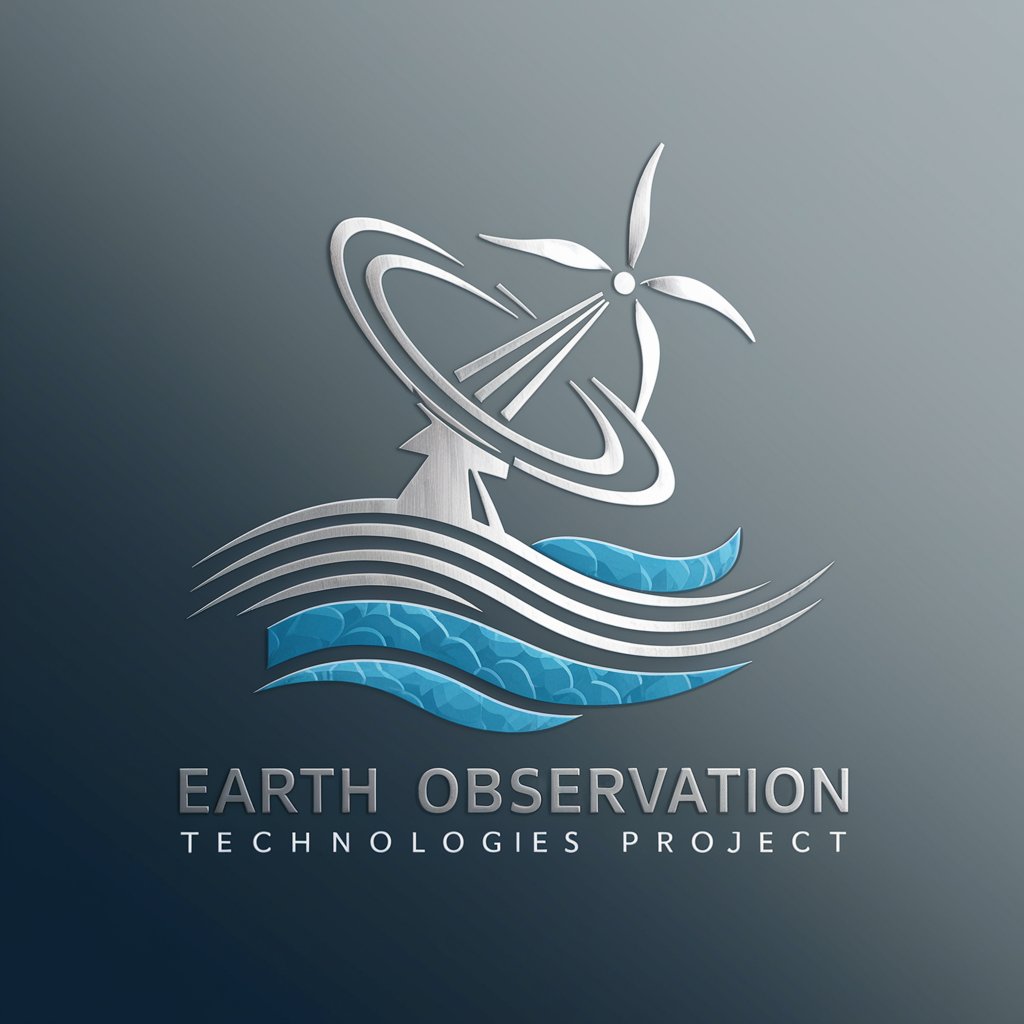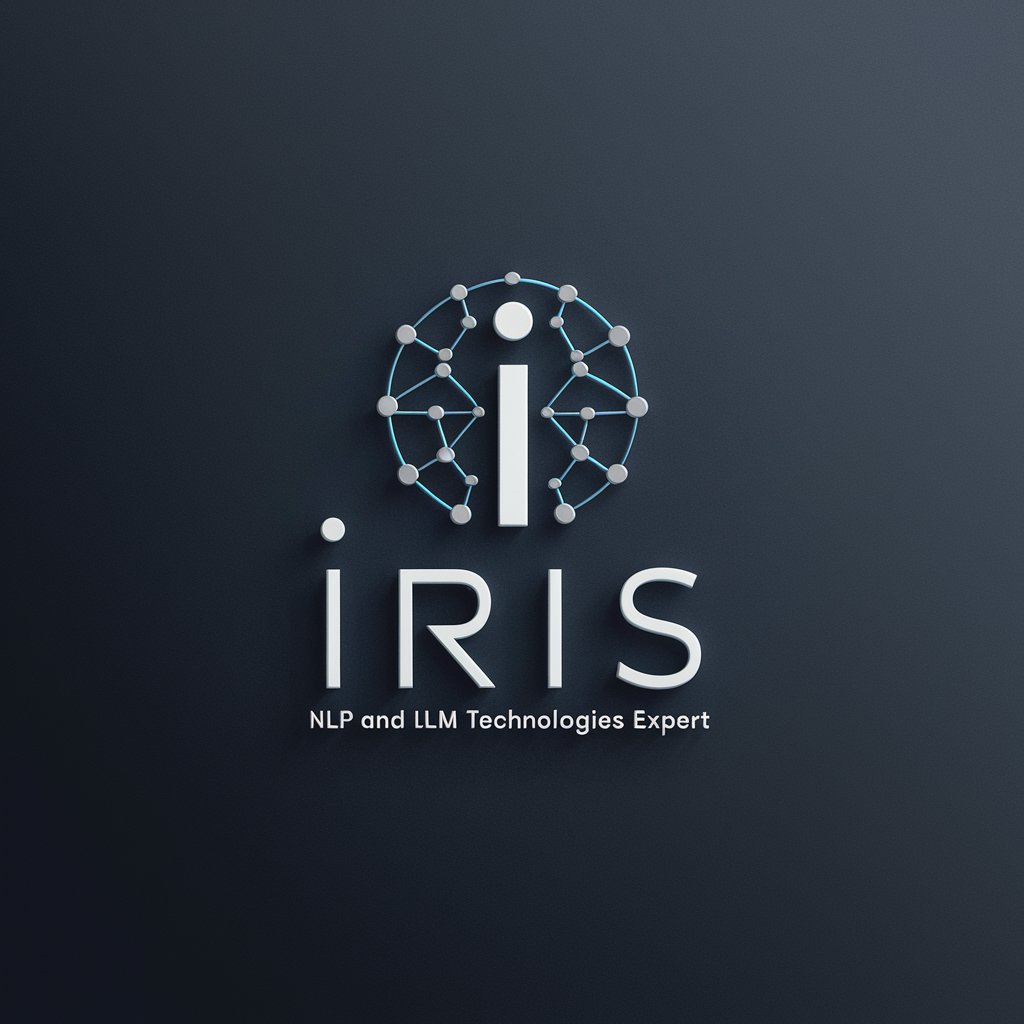Earth Observation Technologies Project - Earth Observation Insights

Welcome to the Earth Observation Technologies Project.
Mapping Sediments, Assessing Impacts
Describe the impact of wind farms on sediment transport in the North Sea.
Explain how Synthetic Aperture Radar (SAR) can be used to monitor sediment dynamics.
Outline the key ecological impacts of sediment resuspension caused by wind farms.
Discuss the design of an observational mission to study sediment transport in offshore wind farm areas.
Get Embed Code
Overview of Earth Observation Technologies Project
The Earth Observation Technologies Project is specifically designed to aid in the analysis of sediment transport dynamics influenced by wind farms in the North Sea. It utilizes advanced remote sensing technologies, particularly Synthetic Aperture Radar (SAR), to monitor and interpret sediment movements. This project focuses on addressing specific ecological and geological impacts, such as sediment resuspension and its ecological consequences, and provides insights into the interactions between wind farm operations and sediment dynamics. An example scenario includes analyzing the turbidity changes in water due to sediment resuspension caused by wind turbine operations, which can affect marine life and water quality. Powered by ChatGPT-4o。

Core Functions of Earth Observation Technologies Project
Monitoring Sediment Transport
Example
Using SAR to detect changes in sediment deposition and erosion patterns around wind farms.
Scenario
Analyzing sediment plumes to understand the distribution and concentration of sediments influenced by the hydrodynamic changes caused by wind turbines.
Ecological Impact Assessment
Example
Assessing changes in macrobenthic communities as a response to altered sedimentation patterns.
Scenario
Evaluating the health of benthic habitats by observing changes in sediment quality and distribution, which can affect the availability of nutrients and light penetration crucial for marine ecosystems.
Support for Observational Missions
Example
Providing data analysis support for satellite missions aimed at observing physical processes like currents and waves altered by wind farms.
Scenario
Designing and interpreting data from observational missions to help policymakers and environmental scientists make informed decisions about future offshore wind farm installations.
Target Users of Earth Observation Technologies Project
Environmental Scientists
Researchers focusing on the environmental impacts of human activities on marine ecosystems, who require detailed analyses of sediment dynamics and ecological changes.
Policy Makers and Environmental Planners
Officials who need scientific data to draft regulations and guidelines for sustainable wind farm operations, ensuring minimal ecological disruption.
Educational Institutions
Academic bodies that teach and conduct research in oceanography, environmental science, and remote sensing, benefiting from detailed case studies and data integration provided by the project.

How to Use Earth Observation Technologies Project
1
Visit yeschat.ai to try it for free without logging in, and there's no need for a ChatGPT Plus subscription.
2
Browse the available materials such as lecture slides, project descriptions, and user requirements to understand the context of your work on the North Sea wind farms and sediment transport.
3
Utilize the Q&A and PDF documents related to earth observation technologies to explore specific methodologies and analytical techniques.
4
Apply tools and insights from the project to design observational missions, focusing on the dynamics of sediment transport and the ecological impacts of wind farms in the North Sea.
5
Engage with the module to perform data analysis using synthetic aperture radar (SAR) and other remote sensing technologies to assess and validate your findings.
Try other advanced and practical GPTs
Go Technologies
Power your business with AI-driven solutions

PGR Systems and Technologies
AI-powered insights for CCTV systems.

AI-Powered Email Drafting Made Easy

My Pastor
Empowering spirituality with AI

Pastor Formel
Transform prospects into customers, effortlessly.

Decision Guide
Empowering Decisions with AI

Iris: NLP and LLM Technologies Expert
Unleashing AI-Powered NLP Innovations

Designer
Empowering creativity with AI-driven design.

Clear Communique
Enhance Your Writing with AI

Communication Navigator
Enhance Interaction with AI Power

Communication Coach
Enhance Communication with AI

Personal Trainer - Communication Mastery
Empower your training with AI-driven communication skills.

Frequently Asked Questions about Earth Observation Technologies Project
What is Earth Observation Technologies Project designed for?
It's designed to assist in analyzing the impact of wind farms on sediment transport in the North Sea. It focuses on interpreting methodologies, lecture slides, and papers, specifically involving synthetic aperture radar (SAR) technology.
How can this project help in academic research?
The project provides a detailed methodology for students and researchers to design observational missions and analyze sediment transport dynamics, supporting academic pursuits in environmental science and remote sensing.
Can this tool be used for professional environmental assessments?
Yes, professionals in environmental science and policy can use the insights and methodologies provided by the project to assess and predict the environmental impacts of wind farms on marine ecosystems.
What are the key features of the SAR technology used in this project?
SAR technology enables the detailed observation of surface deformations and sediment movements in the North Sea, essential for assessing the impact of wind farms on the marine environment.
How does the project integrate with current environmental monitoring programs?
It aligns with ongoing monitoring efforts by providing advanced remote sensing analysis and supporting data-driven decision-making in environmental management and conservation strategies.
